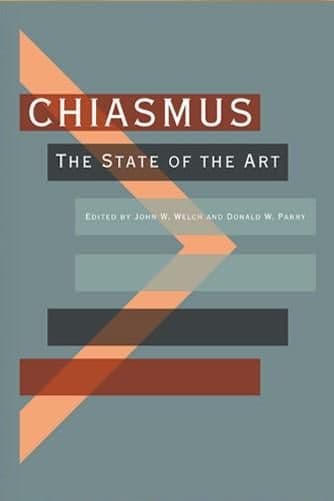Book
17 Chapters

Abstract
Neal Rappleye’s “Chiasmus Criteria in Review” should become a standard resource for comparing and coalescing the main scholarly attempts to create standards or criteria for determining the chiastic qualities and “merits”—what may be called the “chiasticity”—of any proposed chiasm. He conveniently charts and meticulously examines mainly the writings of ten scholars—Nils Lund (1942), David Clark (1975), Craig Blomberg (1989), Ian Thomson (1995), John Breck (1994), John Welch (1995), Mark Boda (1996), David Wright (2004), David Dorsey (1999), James Patrick (2016)—who have presented sets of criteria. Lund, for example submitted seven “laws governing chiastic structures,” Clark introduced five “criteria types,” and Welch presented a list of fifteen criteria, which include objectivity, purpose, boundaries, density, mavericks, plus others. While no precise consensus exists regarding the conceptual formulation of such criteria, six most commonly agreed factors have emerged. Rappleye identifies them as: “1. Chiasms should conform to natural literary boundaries. 2. A climax or turning point should be found at the center. 3. Chiasms should display a relatively well-balanced symmetry. 4. The structure should be based on major keywords, phrases, or themes. 5. Chiasms should manifest little, if any, extraneous repetition or divergent materials. 6. The chiastic order should typically not compete with other strong literary forms.”
Book
17 Chapters
Items in the BMC Archive are made publicly available for non-commercial, private use. Inclusion within the BMC Archive does not imply endorsement. Items do not represent the official views of The Church of Jesus Christ of Latter-day Saints or of Book of Mormon Central.